Emerald ash borer confirmed in Charles City
By Thomas Nelson, tnelson@charlescitypress.com
Floyd, Benton, Buena Vista, Howard and Warren counties are the newest additions to a list of Iowa counties that are home to the destructive emerald ash borer.
Emerald ash borer is an invasive species that has now been confirmed to be in Charles City, according to a press release from the Iowa Department of Agriculture and Land Stewardship, the Iowa Department of Natural Resources and Iowa State University Extension and Outreach.
“Right now is the time for the community and its citizenry to prepare,” said Tivon Feeley, Iowa DNR forest health program leader.
There are now 50 Iowa counties that have been positively identified for emerald ash borer, a beetle that in its larva stage can completely wipe out a community’s ash trees.
“That’s over half of our counties now in Iowa,” Feeley said.
“The recent finds involve ash trees in Belle Plaine (Benton County), Alta (Buena Vista County), Charles City (Floyd County), Cresco (Howard County), and rural SW Milo area (Warren County),” according to the press release.
“Insect samples were submitted from these sites and positively identified by the USDA,” it said.
The clock has now started ticking for infected communities to decide to use treatment or removal to handle the emerald ash borer, Feeley said.
Within six year most ash trees in infected areas will be dead, he said.
Treatment to trees to fight emerald ash borer is required every two years, and an average cost is about $15 per inch of a tree’s diameter measured at chest level, Feeley said.
At this calendar date, the treatment window for soil-applied preventive treatment measures such as soil injection, soil drench or granular application has ended, according to the press release.
Basal trunk sprays for trees 23 inches diameter can be made until mid-June. Trunk injections can be done now through the end of August if a landowner is interested in protecting a valuable and healthy ash tree within 15 miles of a known infestation.
Good ground moisture is essential for systemic insecticide movement in a tree. Full details are available in Iowa State University Extension and Outreach publication PM2084: store.extension.iastate.edu/product/13114.
Emerald ash borer has been in Iowa since 2010. As an adult it is a metallic green beetle about half an inch long and is usually seen during the summer months, according to the DNR.
“The larvae are the damaging stage and burrow through the inner layer of bark, feeding on the vascular tissue that moves life-sustaining water and nutrients throughout the tree. Starved trees usually die within two to four years,” according to the press release.
The U.S. Department of Agriculture has issued a federal quarantine of hardwood firewood and ash articles from Iowa into non-quarantined areas of other states.
“To help reduce the spread of EAB and other destructive tree-killing pests, Iowans are strongly encouraged to use locally sourced firewood,” according to the press release. “The transport of unknowingly infested firewood is the quickest way to spread EAB to new areas.”
Charles City has been in the process of removing EAB trees for the past three years, said Charles City Parks and Recreation Director Steven Lindaman.
“We’ve known it was going to happen in a matter of time,” Lindaman said.
In the place of ash trees Lindaman and others have been planting other varieties of trees.
Upward of 150 ash trees have been removed from Charles City prior to the EAB being found.
“We’ll continue the removal and replacement process as needed,” Lindaman said.

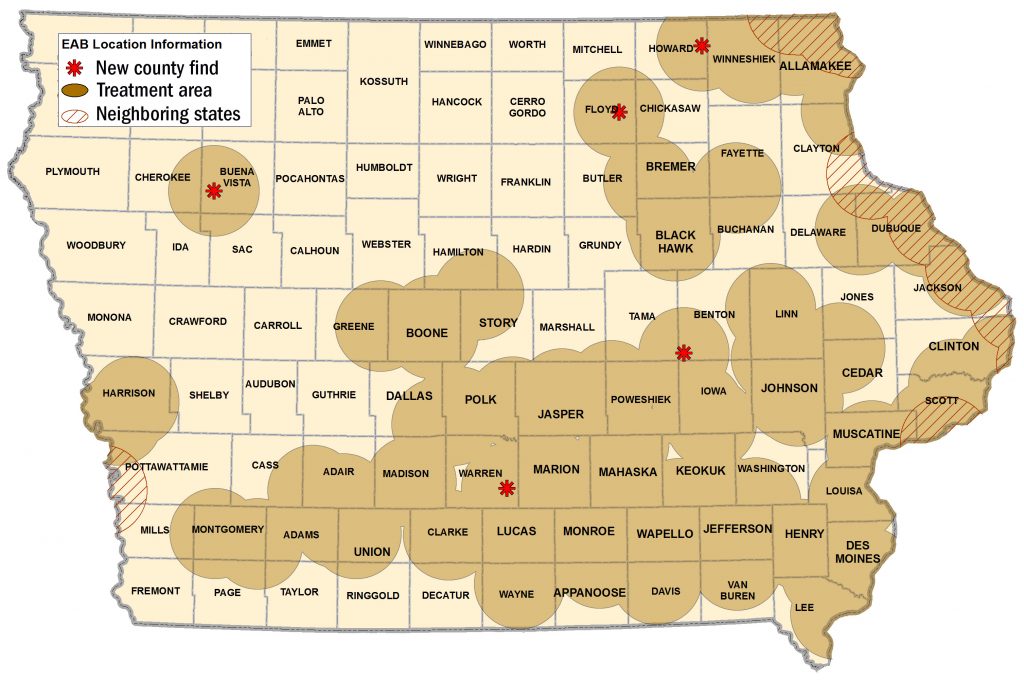
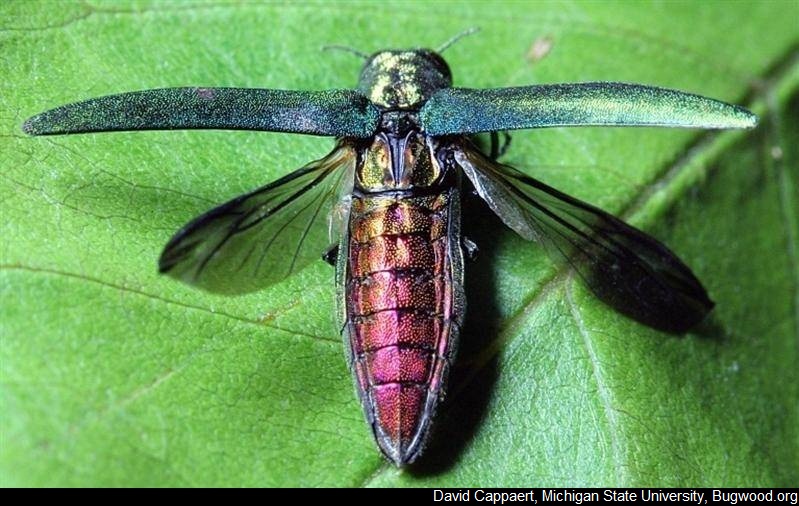
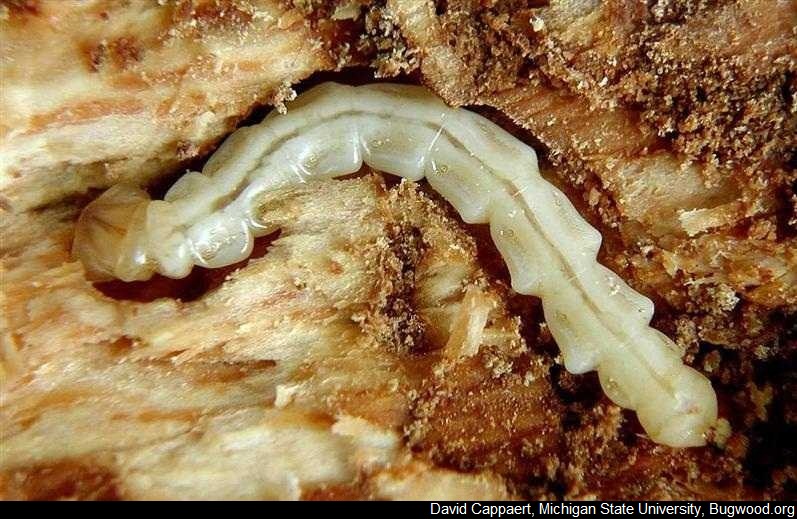
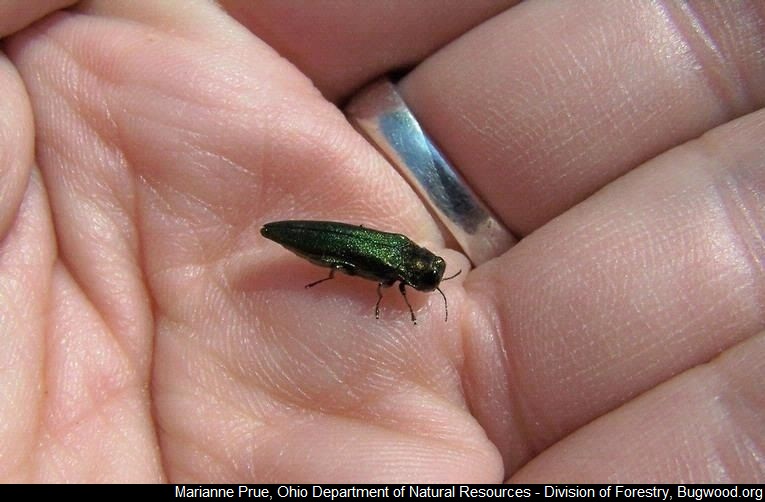

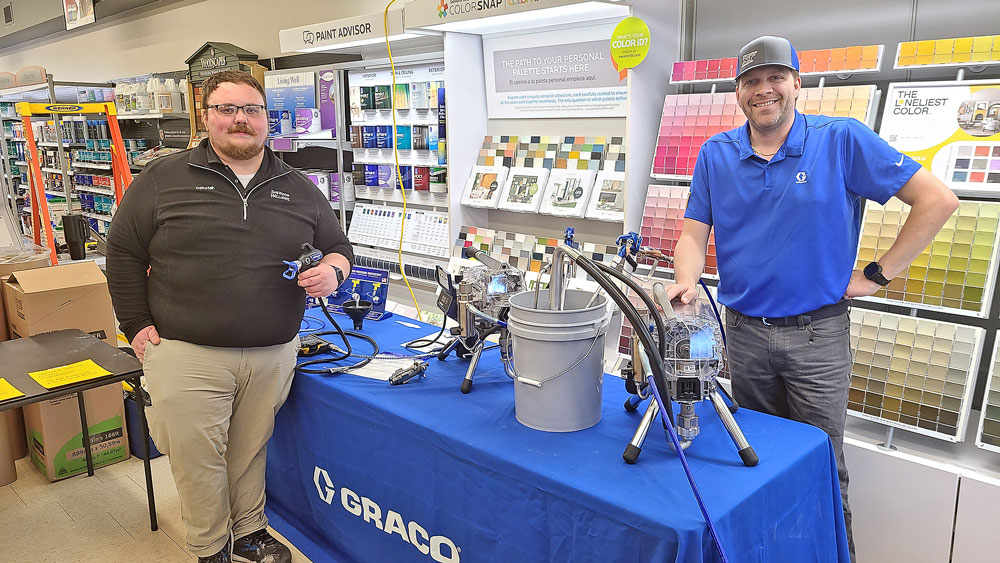
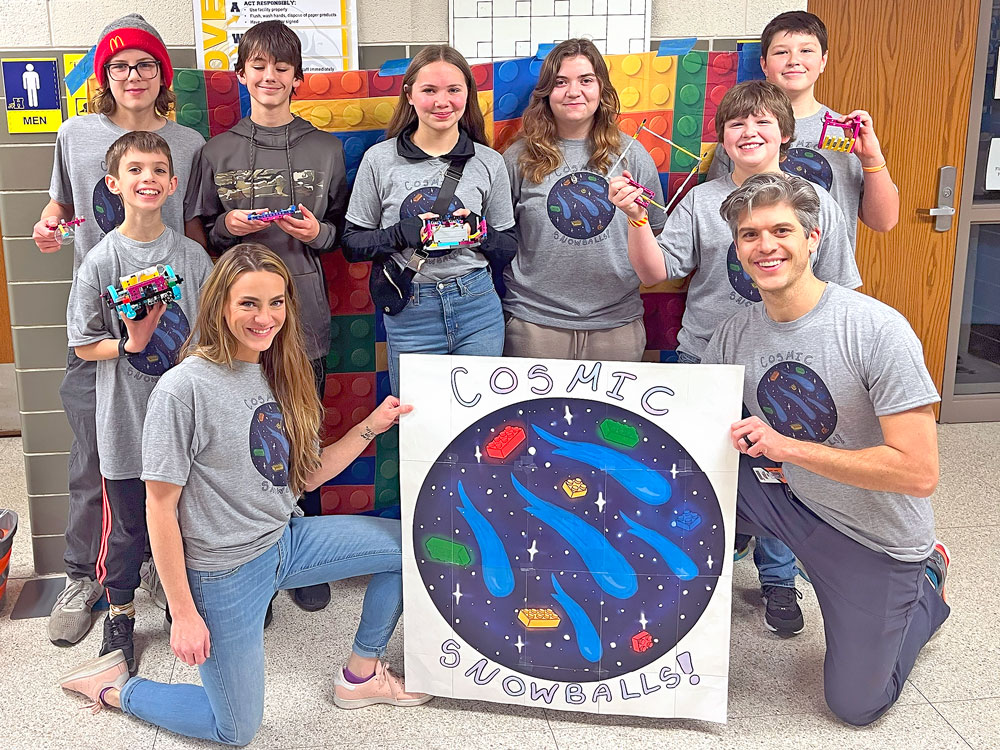

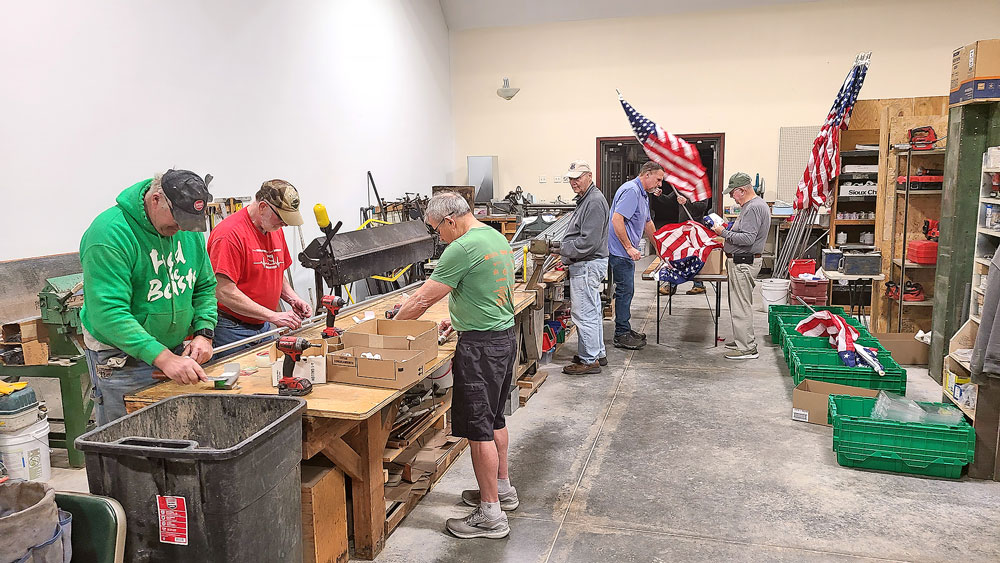


Social Share